21 Acetone Disposal Tips for Safety in Eco-Friendly Home Decor
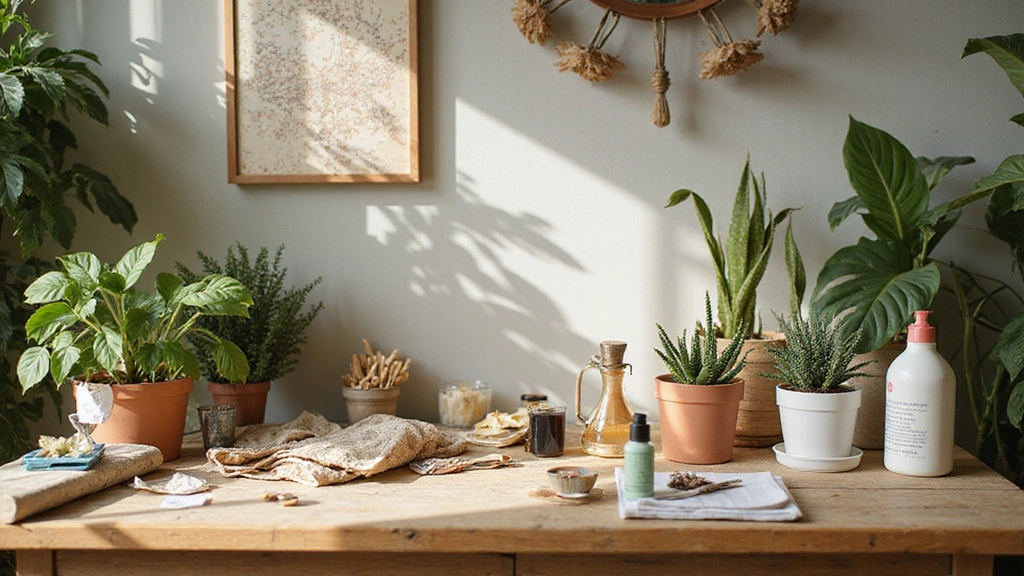
In the world of home decor, keeping your space beautiful while staying eco-friendly can sometimes be tricky, especially when dealing with chemicals like acetone.
This article presents 21 important tips for safely disposing of acetone, ensuring your DIY projects and home maintenance efforts align with a sustainable lifestyle.
From practical disposal methods to creative alternatives, each tip is designed to keep your home safe and stylish while being kind to the planet.
Let’s jump into these essential acetone safety tips that will help you maintain your home decor without compromising on your eco-friendly values.
1. Use a Controlled Environment for Acetone Disposal
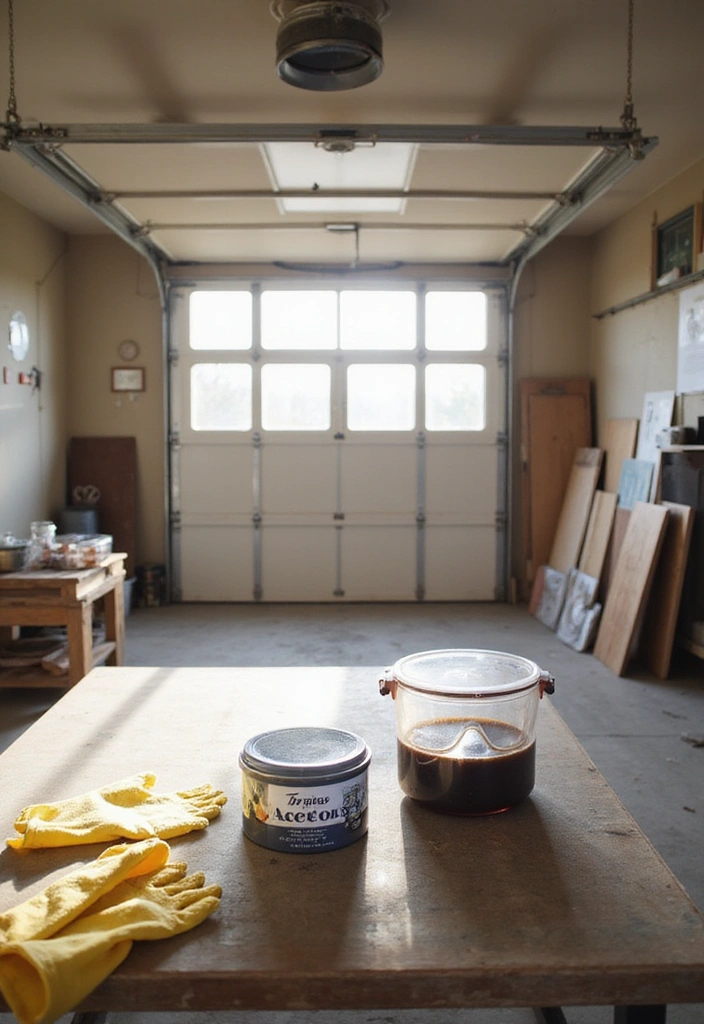
When working with acetone, it’s crucial to contain its usage to a well-ventilated area. This reduces the risk of harmful fumes spreading throughout your home.
Create a designated workspace with proper ventilation, such as an open window or a fan blowing outside. Ensure that any leftover acetone is stored securely in a sealed container until you can dispose of it.
By controlling the environment, you not only protect yourself but also make the cleanup process much easier and safer.
Here are some tips to effectively manage your workspace:
– Always work outdoors or in a garage with the door open.
– Use a mask if you’re sensitive to fumes.
– Keep pets and children away from the area.
– Use absorbent mats to catch any spills.
This organized approach minimizes risks and promotes a cleaner, safer home decor project.
2. Utilize Absorbent Materials for Spills
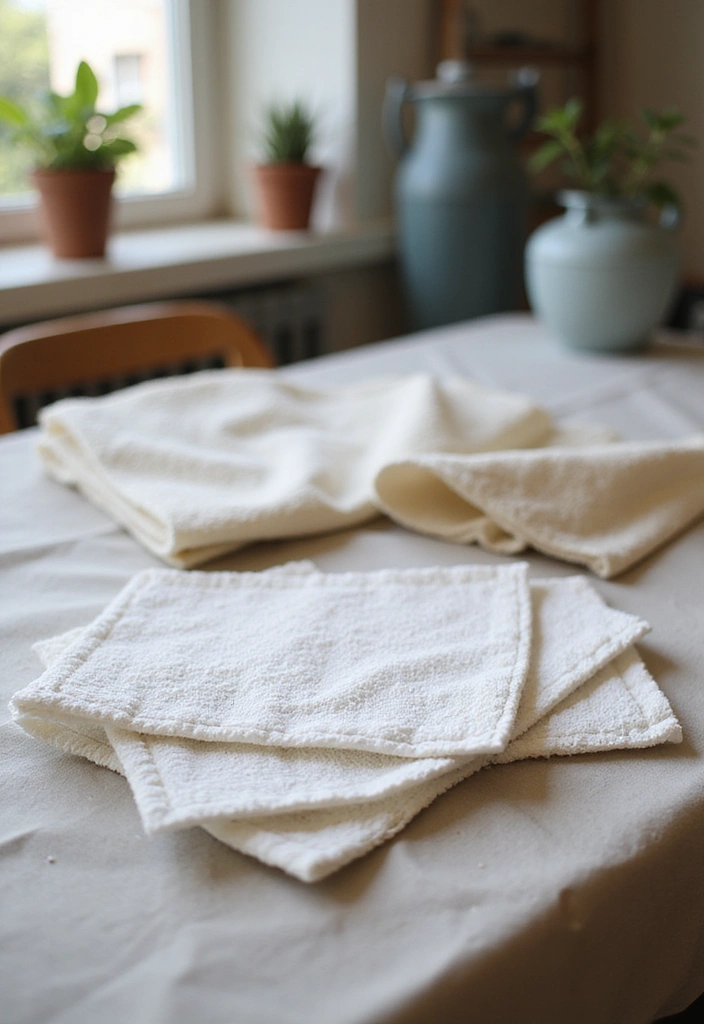
Accidents happen, especially in DIY projects. Having absorbent materials on hand can help you manage acetone spills quickly and effectively.
Products like old towels, rags, or even specialized absorbent pads can soak up any leaks before they spread.
When a spill occurs, immediately cover it with the absorbent material and allow it to sit for a few minutes. Afterward, place the used material in a sealed bag until it can be disposed of properly.
Here are some absorbent materials to consider:
– Old cotton towels or t-shirts.
– Commercial absorbent pads designed for chemical spills.
– Sand or sawdust for larger spills.
– Baking soda can also neutralize minor spills.
Remember, being prepared with the right materials not only helps keep your workspace clean but also ensures you handle acetone safely.
3. Seal and Label Containers Properly
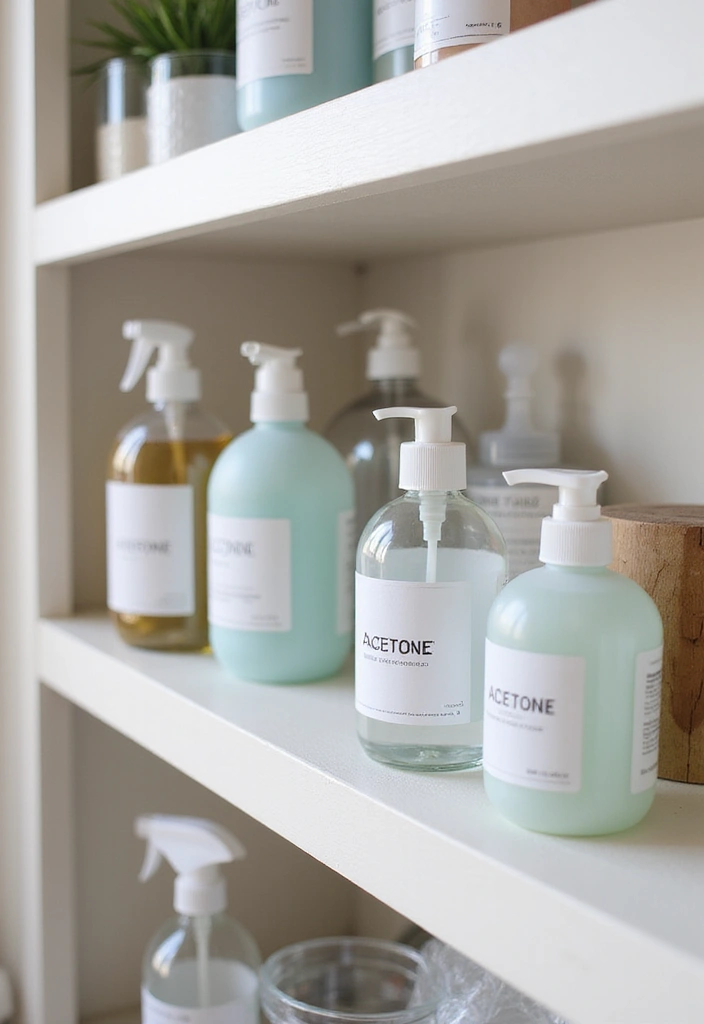
Properly sealing and labeling your acetone containers can prevent accidental spills and misuse.
Invest in containers that are specifically designed for chemical storage. These containers should be airtight and made of materials compatible with acetone.
Clearly label each container with its contents and a warning symbol to ensure everyone in your home knows to handle it with care.
Consider these tips for safe container storage:
– Use dark glass or specific chemical containers to avoid degradation.
– Label with waterproof markers to prevent fading.
– Keep containers out of reach of children and pets.
– Regularly check for leaks or damage and replace as needed.
By taking these precautions, you can store acetone safely and maintain a tidy, eco-friendly home decor environment.
4. Explore Eco-Friendly Alternatives to Acetone
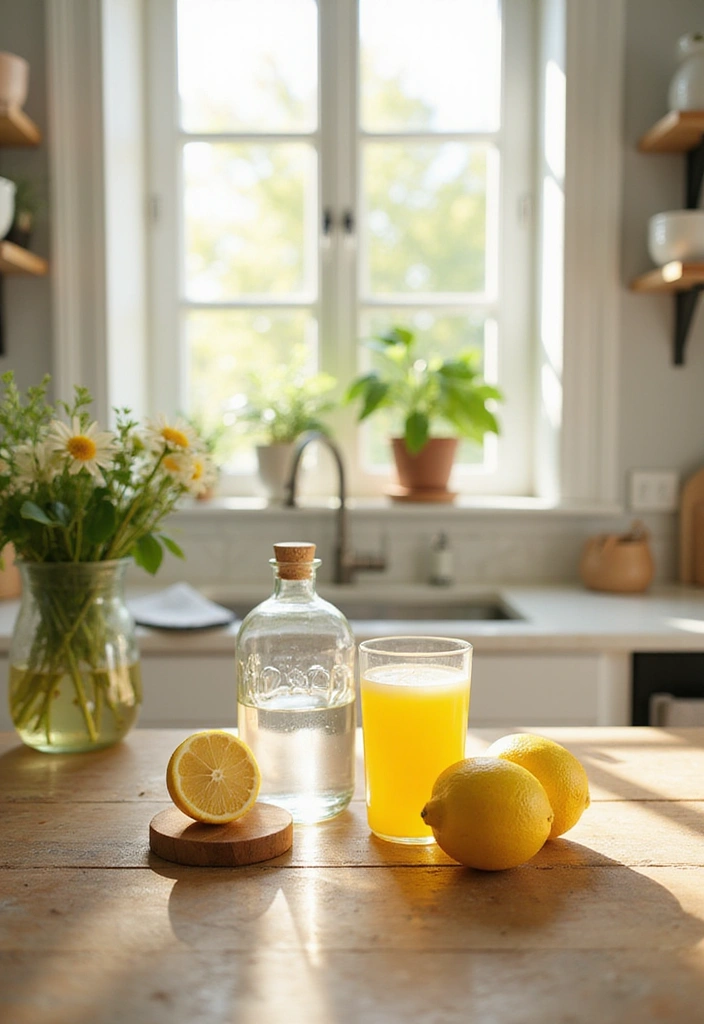
If you’re looking to reduce your reliance on acetone in your DIY projects, consider exploring eco-friendly alternatives.
Natural solvents like vinegar, lemon juice, and even rubbing alcohol can often replace acetone for cleaning paintbrushes or removing sticky residues.
These alternatives are not only safer for you but also kinder to the environment. Here’s how to incorporate them into your projects:
– Vinegar can dissolve adhesive residues effectively.
– Lemon juice can act as a natural degreaser.
– Rubbing alcohol works well for cleaning surfaces without harsh chemicals.
When you switch to these alternatives, you can maintain your home decor without the risks associated with acetone. Plus, your home will smell fresh and natural!
5. Dispose of Acetone at Designated Hazardous Waste Sites

One of the safest ways to dispose of acetone is to take it to a designated hazardous waste disposal site.
These sites are equipped to handle chemicals safely, preventing them from harming the environment. Before heading out, check with your local waste management facility for guidelines on disposal.
Here’s what you need to know:
– Use a sturdy, sealed container for transport.
– Label the container clearly as containing acetone.
– Check site hours and any specific regulations.
– Always follow the instructions provided by the facility staff.
By using these designated sites, you’re ensuring that acetone is disposed of responsibly, promoting a cleaner, eco-friendly home.
6. Understand Local Regulations for Chemical Disposal

Every community has its own regulations regarding chemical disposal, including acetone.
Understanding these local laws is essential to ensure you’re in compliance and protecting the environment.
Reach out to your local environmental agency or waste management authority to gain insights into what’s acceptable.
Key points to consider:
– Inquire about specific disposal days or events.
– Learn about any fines for improper disposal.
– Check if there are community drop-off locations.
– Stay updated on any changes to regulations.
By staying informed about local regulations, you can dispose of acetone responsibly, ensuring your home decor projects don’t contribute to environmental harm.
7. Store Acetone Away from Heat Sources
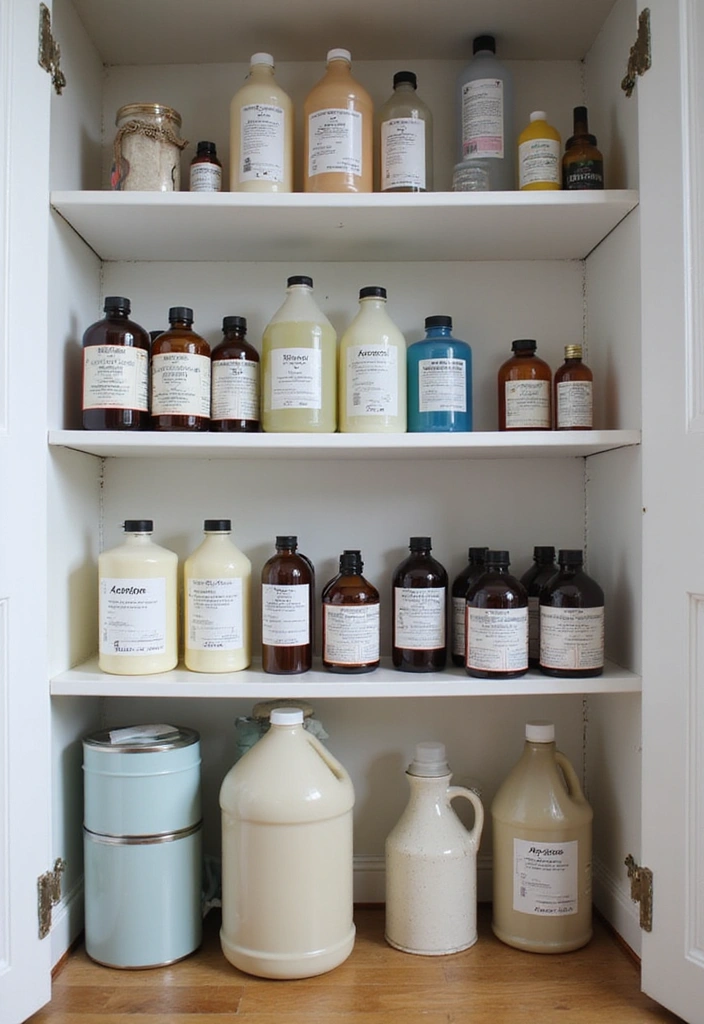
Storing acetone safely is just as important as disposing of it. Ensure that any acetone containers are kept away from heat sources, as acetone is highly flammable.
A cool, dry area is ideal for storage, such as a basement or a dedicated storage room.
Keep these storage tips in mind:
– Use metal or glass containers instead of plastic.
– Store containers upright to prevent leaks.
– Avoid direct sunlight exposure, which can weaken containers.
– Regularly check for signs of wear and tear.
By following these storage guidelines, you can minimize any risk of fire and create a safer home decor environment.
8. Create a DIY Acetone Disposal Kit
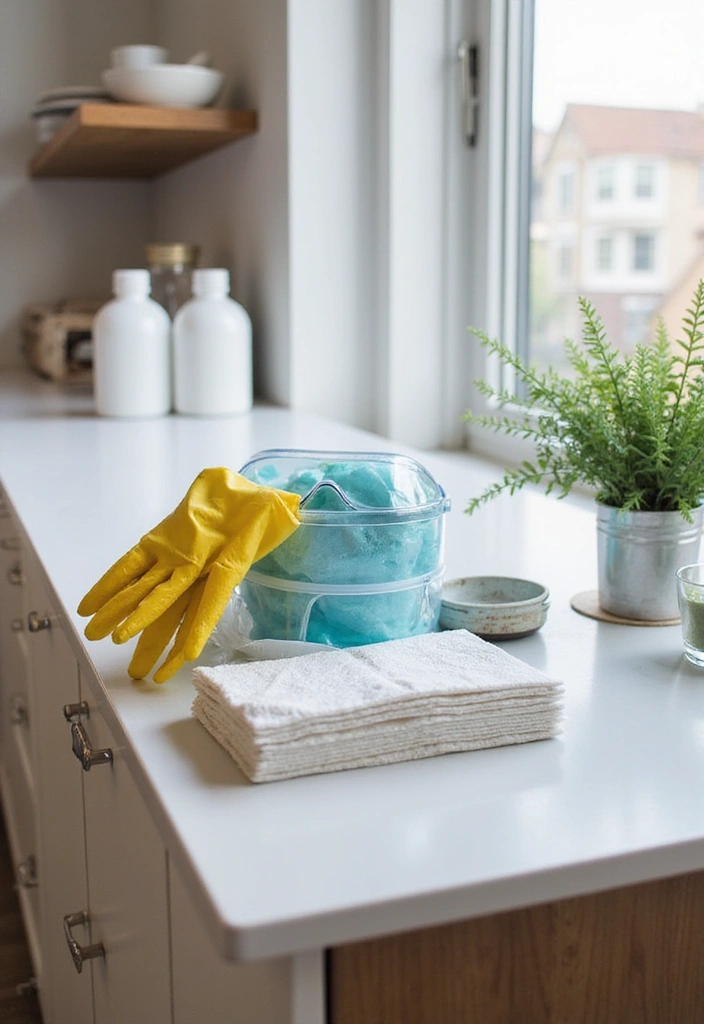
Having a DIY acetone disposal kit can streamline your cleanup process.
Include essential items for managing acetone spills and safe disposal in one convenient spot.
Here’s what to include in your kit:
– Absorbent materials (like pads and rags).
– A sealed container for transport.
– Gloves and goggles for personal protection.
– Labels for marking containers.
By assembling this kit, you’ll be prepared for any acetone-related incidents during your home decor projects, making it easier to maintain a safe and eco-friendly workspace.
9. Educate Family Members About Acetone Safety

Safety is a shared responsibility, especially in a home. Educating family members about acetone safety is essential to prevent accidents.
Hold a family meeting to discuss the importance of handling acetone carefully and outline the proper procedures for disposal.
Here are some discussion points to cover:
– Explain why acetone is hazardous and its effects.
– Demonstrate how to properly use and dispose of acetone.
– Share the location of the acetone disposal kit.
– Encourage questions to ensure understanding.
By fostering an environment of safety awareness, you can create a supportive home decor atmosphere where everyone plays a part in protecting the environment.
10. Use Eco-Friendly Paints to Reduce Acetone Needs
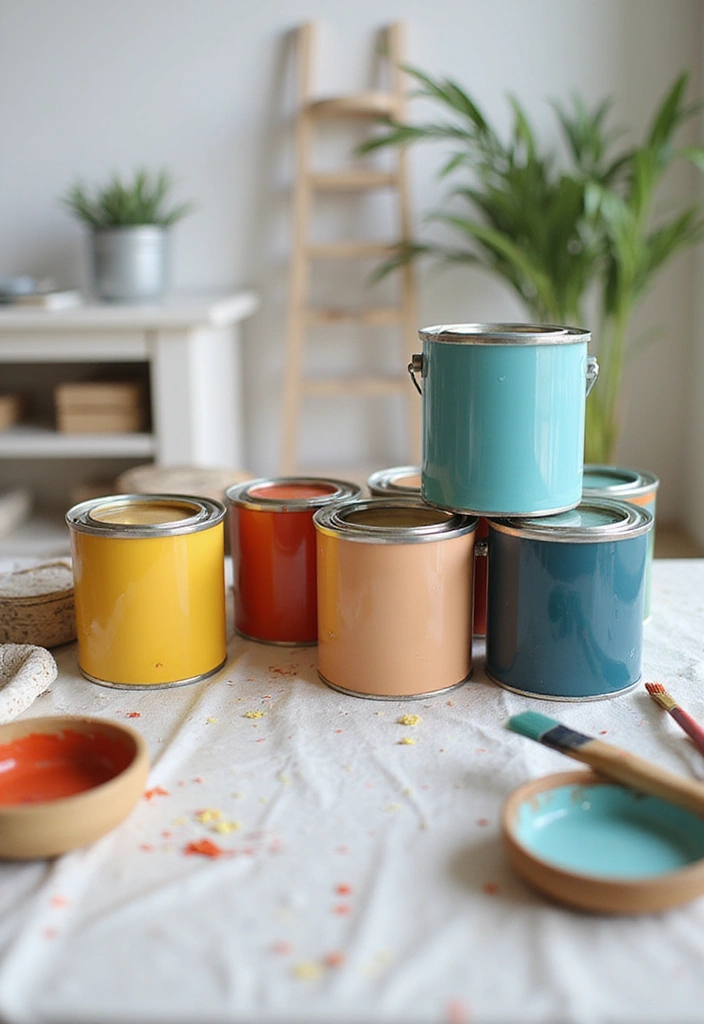
Choosing eco-friendly paints can significantly reduce your need for acetone in your DIY projects. Many modern paints are formulated to be less toxic and easier to clean up.
Look for water-based paints that don’t require acetone for cleanup.
Benefits of using eco-friendly paints include:
– Lower levels of volatile organic compounds (VOCs).
– Easier cleanup with soap and water.
– A variety of colors and finishes available.
– Improved indoor air quality.
By selecting eco-friendly paint options, you can maintain your home decor while minimizing the risks associated with acetone.
11. Recycle Old Acetone-Soaked Materials
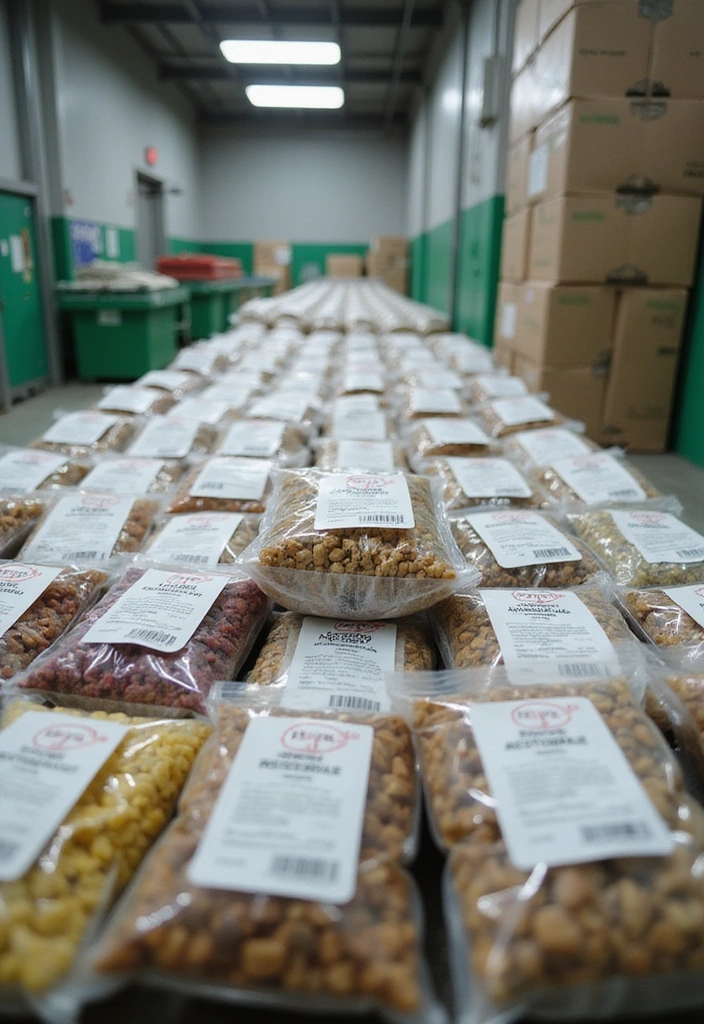
If you have materials like rags or pads that have absorbed acetone, consider recycling them properly. Many waste management facilities accept acetone-soaked textiles, provided they are packaged correctly.
To recycle these materials:
– Place them in a sealed bag to prevent fumes from escaping.
– Label the bag as containing acetone-soaked materials.
– Check with your local recycling center for specific guidelines.
Recycling not only helps reduce waste but also ensures that acetone is handled safely and responsibly.
12. Avoid Mixing Acetone with Other Chemicals
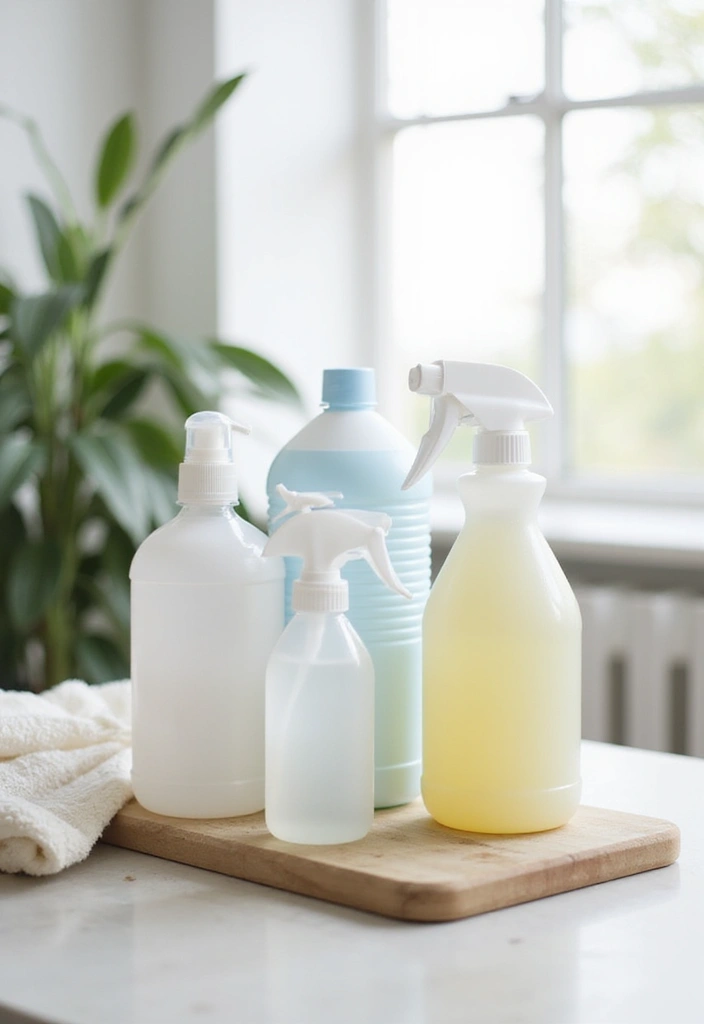
When disposing of acetone, avoid mixing it with other chemicals, as this can create dangerous reactions.
Keep acetone separate to ensure safe disposal. Here are some tips to remember:
– Never combine acetone with bleach or ammonia, as this can produce toxic fumes.
– Store acetone away from other cleaning supplies.
– Follow all manufacturer instructions for disposal.
By taking these precautions, you can maintain a safe home decor environment and avoid any hazardous situations.
13. Monitor Acetone Expiration Dates
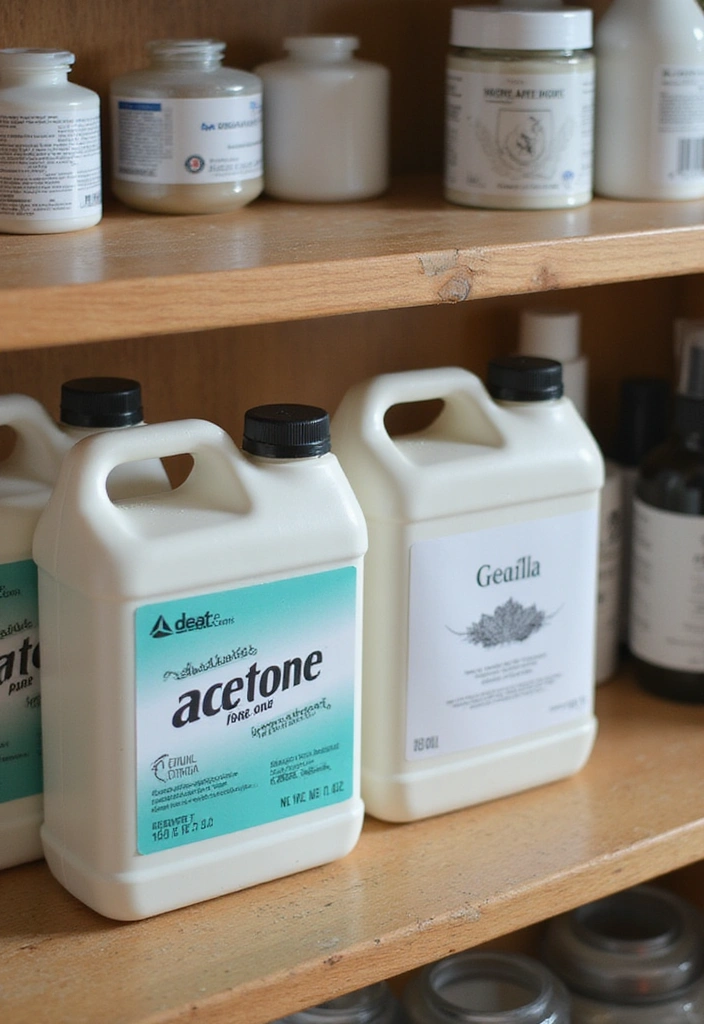
Like many chemicals, acetone has a shelf life. Monitoring expiration dates can help ensure you are using effective and safe products.
Check the container for any signs of damage or degradation, and properly dispose of expired acetone at a hazardous waste site.
Here are some tips for managing acetone expiration:
– Label containers with purchase dates.
– Store acetone in a cool, dry place to extend shelf life.
– Regularly check for leaks or signs of wear.
By keeping track of acetone expiration, you can ensure a safer and more efficient home decor workspace.
14. Use a Funnel for Safe Pouring
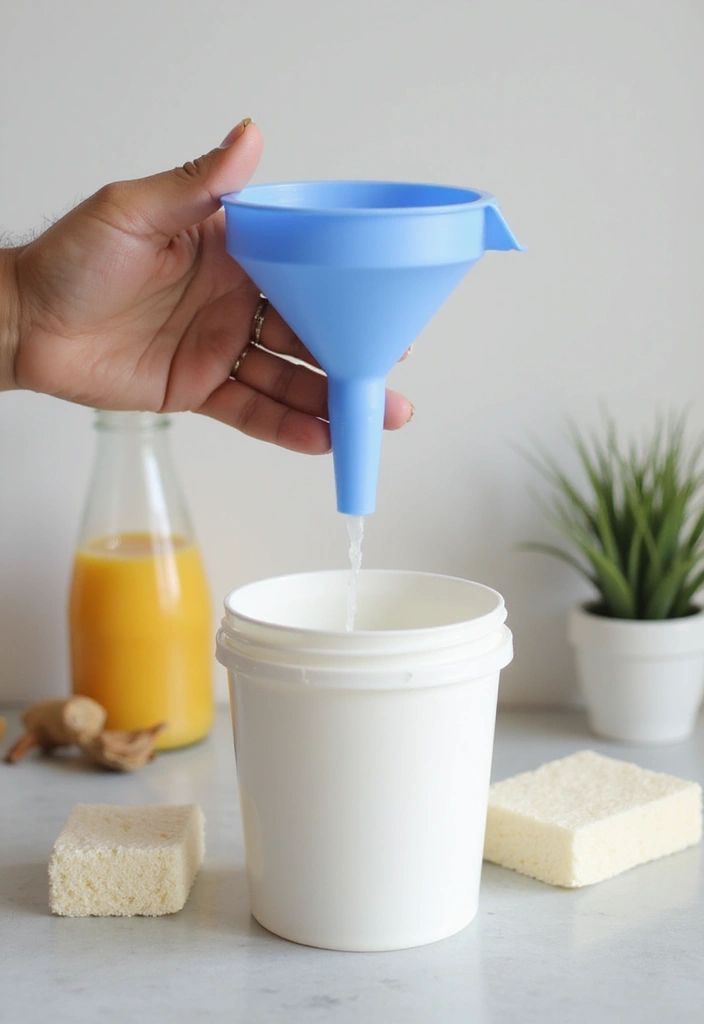
When working with acetone, pouring can be tricky, and spills can happen. Using a funnel can help you pour acetone safely and accurately.
Choose a funnel made from a chemical-resistant material to avoid any reactions. Here’s how to use a funnel effectively:
– Place the funnel securely in the target container.
– Pour slowly to avoid splashing.
– Have absorbent materials on hand in case of spills.
A funnel not only makes the process cleaner but also reduces the risk of accidents during your home decor projects.
15. Dispose of Empty Acetone Containers Responsibly

Empty acetone containers can still pose a risk if not disposed of properly. Always follow local guidelines for disposing of these containers.
Most recycling centers have specific procedures for handling chemical containers. Here’s what to do:
– Rinse the container thoroughly to remove any residue.
– Label the container as empty and ready for recycling.
– Check for local recycling options for chemical containers.
By responsibly disposing of empty containers, you contribute to a safer environment and promote eco-friendly home decor practices.
16. Conduct Regular Safety Checks
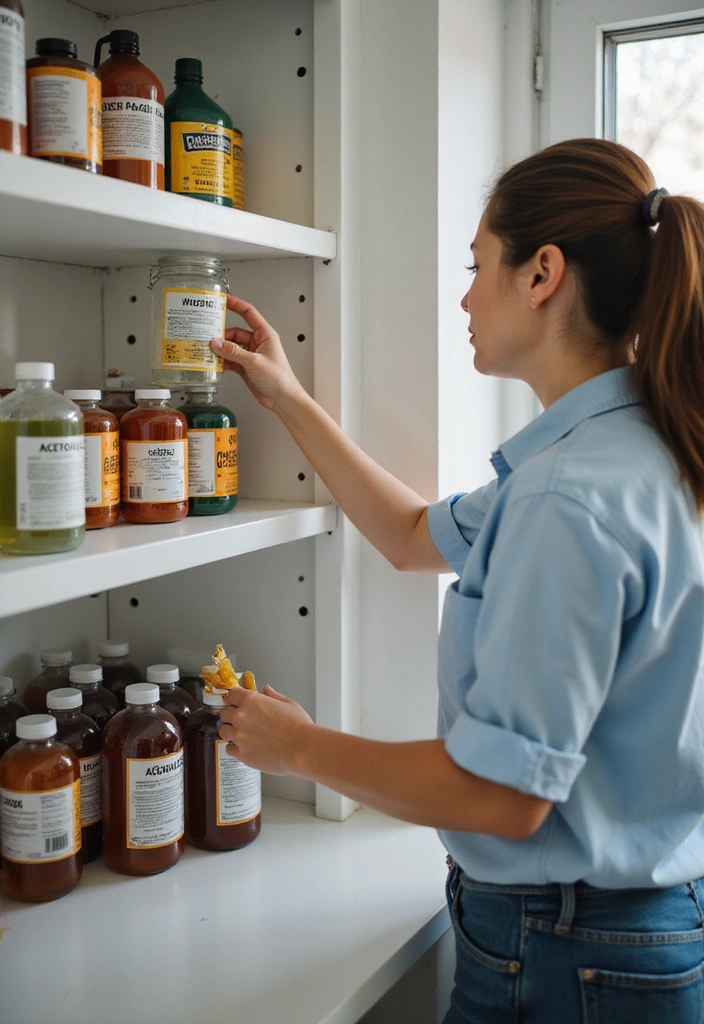
Regular safety checks of your acetone storage and disposal methods can help prevent accidents. Schedule monthly or quarterly reviews to ensure everything is in order.
During these checks, look for:
– Signs of leaks or damage on containers.
– Proper labeling of all chemical products.
– Adequate ventilation in storage areas.
– The condition of absorbent materials.
By conducting these checks, you can maintain a safe and eco-friendly home decor environment, ensuring that your DIY projects are enjoyable and worry-free.
17. Encourage Community Recycling Events

Getting involved in or organizing community recycling events can help raise awareness about proper acetone disposal.
These events provide a platform for sharing knowledge and resources on eco-friendly practices.
Consider these ideas for community events:
– Host workshops on safe chemical disposal.
– Partner with local waste management for drop-off days.
– Create informational flyers to distribute in your neighborhood.
By encouraging community involvement, you can help promote a safer environment while enhancing your home decor practices through collective action.
18. Consider Professional Disposal Services
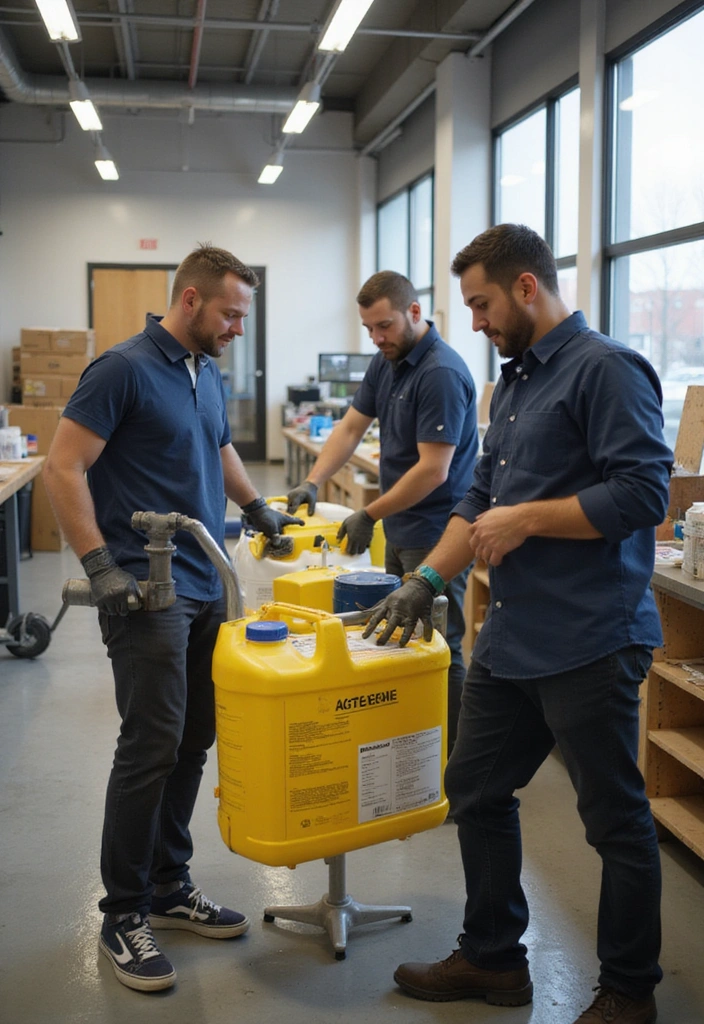
If you have large quantities of acetone that need disposal, consider hiring a professional disposal service.
These services specialize in handling hazardous materials and can ensure safe and compliant disposal.
When selecting a service, look for:
– Certifications and compliance with local regulations.
– Positive reviews and reliable customer service.
– Clear pricing and disposal processes.
By utilizing professional services, you can maintain peace of mind and ensure a safe home decor environment.
19. Share Your Acetone Disposal Journey

Sharing your acetone disposal journey can inspire others to adopt safe practices in their DIY projects.
Use social media platforms and community forums to share your tips and experiences.
Consider these sharing ideas:
– Create a blog post documenting your acetone disposal practices.
– Share photos of your eco-friendly projects and disposal methods.
– Engage with others by asking for their tips and experiences.
By sharing your journey, you not only promote awareness but also build a community focused on eco-friendly home decor.
20. Choose Biodegradable Cleaning Products
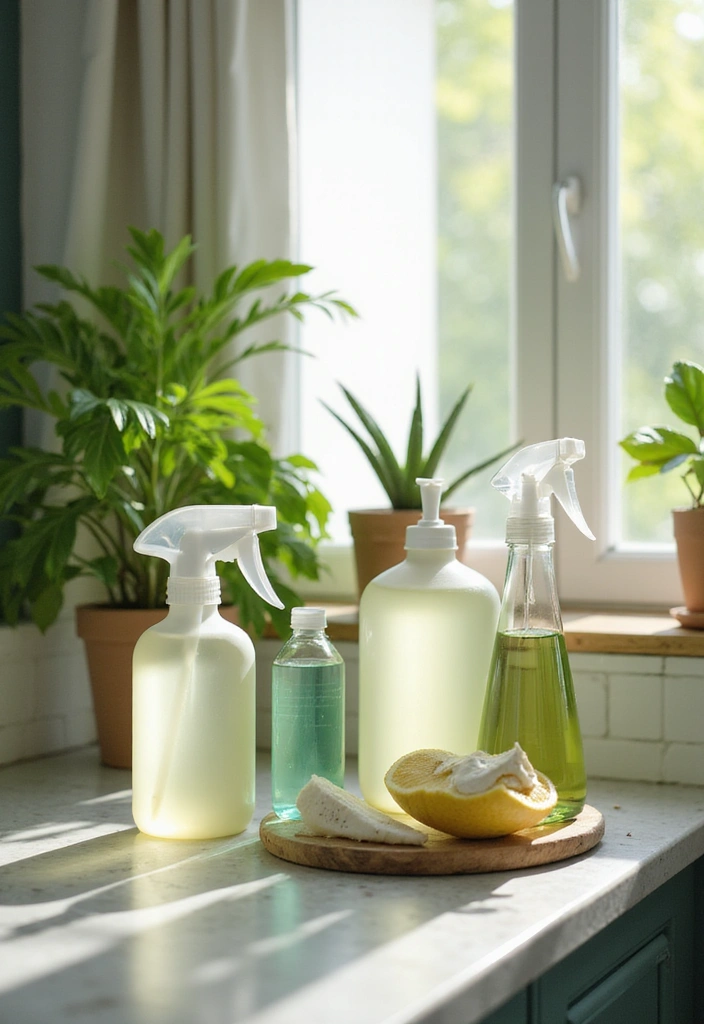
Opting for biodegradable cleaning products can reduce your dependence on acetone for home decor maintenance. Many natural cleaners are effective and environmentally friendly.
Look for products that are labeled as biodegradable and free from harsh chemicals.
Here are some benefits to consider:
– Safe for the environment and aquatic life.
– Fewer health risks for you and your family.
– Often made from renewable resources.
By integrating biodegradable products into your routine, you can maintain a clean home while supporting eco-friendly practices.
21. Engage in Eco-Friendly DIY Projects

Lastly, engaging in eco-friendly DIY projects can help you reduce the need for acetone altogether.
Consider using sustainable materials, repurposing items, and creating decor that aligns with your values.
Here are some project ideas:
– Upcycling old furniture with environmentally friendly paint.
– Creating home decor from recycled materials.
– Gardening projects that incorporate natural elements.
By choosing eco-friendly projects, you not only enhance your home decor but also promote a sustainable lifestyle.
Conclusion: Embrace Safe Acetone Disposal for a Greener Home
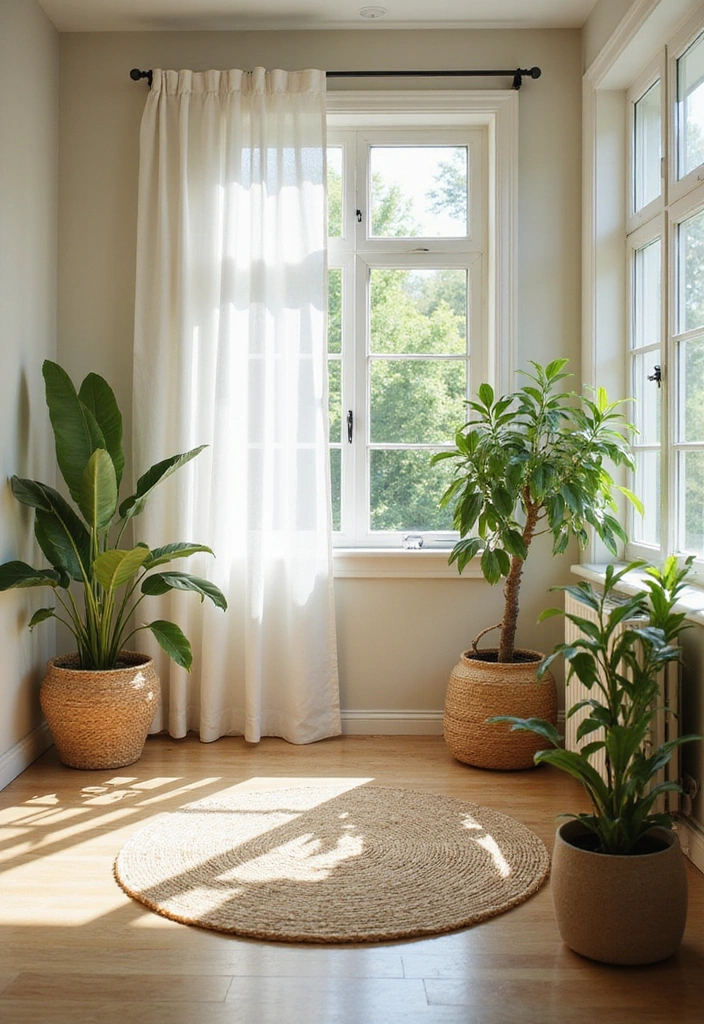
Incorporating these 21 acetone disposal tips into your home decor routine not only ensures safety but also promotes eco-friendly practices.
By being mindful of how you handle acetone, you contribute to a cleaner environment and inspire others to follow suit.
Let’s strive for a beautiful home that reflects our commitment to sustainability and safety!





